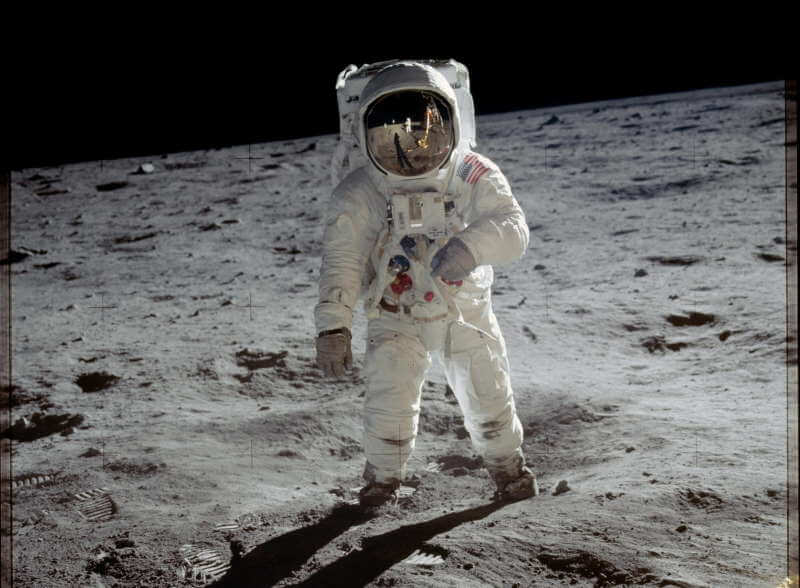Things to Know About Space Suite and Accessories
A spacesuit, sometimes known as a spacesuit, is a garment worn by astronauts to keep them alive in the harsh environment of outer space, which includes vacuum and temperature extremes.
Spacesuits are typically made from a flexible, non-flammable combination of neoprene, nylon, Teflon, and Kevlar. You can also add a “heat shield” of a different material that can withstand external heat, such as a ceramic plate. A spacesuit would be made to fit your exact body shape. It would probably have a calf, a waist, a hip, and a back. The waist would be covered with a vest (or a vest-like thing) for protection from the cold. It would have straps for you to put on and adjust. It would have a helmet with a visor, goggles or nozzles. You would be able to put your arms and legs in.
When are spacesuits worn?
Spacesuits are frequently worn within spacecraft as a safety measure in cabin pressure loss. They are required for extravehicular activity (EVA), which is performed outside the spaceship. For such tasks, space suits have been worn in Earth orbit, on the Moon’s surface, and on the way back to Earth from the Moon.
A self-contained oxygen supply and environmental control system usually provide total independence from the spaceship.
IVA (intravehicular activity), EVA (extravehicular activity), and IEVA (Intra/extravehicular activity) are three different types of spacesuits. IVA suits are lighter and more comfortable since they are designed to be worn within a pressurized spaceship. The Gemini G4C suit is an example of an IEVA suit that can be used both inside and outside the spacecraft. They provide additional protection from space’s severe conditions, such as micrometeorites and significant temperature changes.
How much is a real space suit?
Originally, the cost of a spacesuit was estimated to be over $22 million. It can cost up to $250 million to build one from the ground up right now.

In 1974, the cost of NASA‘s current fleet of spacesuits was estimated to be between $15 million and $22 million. You might argue that it is pricey, but the outfit is well worth the money. It weighs 21 kilos and comprises numerous expensive materials and layers. A single outfit might sometimes take years to create.
What is a space suit made of?
A spacesuit, also known as an extravehicular mobility unit (EMU), is made up of several specialized layers and materials designed to protect astronauts in the harsh environment of space. The main components of a spacesuit include:
- Pressure garment: The pressure suit, which makes up the outermost layer of the spacesuit, keeps the air pressure high enough for humans to survive in space’s vacuum. Typically, it is constructed of durable synthetic materials like nylon or polyester.
- Thermal insulation: Multiple layers of thermal insulation materials are integrated beneath the pressure garment to control the temperature within the suit. These layers aid in shielding astronauts from the intense heat and cold seen in space.
- Micrometeoroid protection: Micrometeoroids, which are tiny meteoroids that could endanger astronauts’ safety, are shielded more thoroughly in spacesuits. Designed to absorb or deflect the impacts of micrometeoroid impacts, the outer layer may be made of materials like Kevlar or Nextel fabric.
- Liquid cooling and ventilation: Spacesuits employ a system for liquid cooling, which circulates cold water throughout the suit to mitigate overheating during spacewalks or other strenuous activities. Ventilation systems ensure proper airflow and removal of moisture and carbon dioxide from within the suit.
- Helmet and visor: The helmet provides head protection while maintaining communication capabilities, and its visor shields against harmful solar radiation and micrometeoroid impacts. The visor is usually made of polycarbonate with special coatings that provide visibility while blocking ultraviolet (UV) rays.
- Gloves and boots: The gloves are crucial for dexterity during extravehicular activities (EVAs). They are usually made with durable materials like neoprene coated with silicone or latex for enhanced grip. Similarly, spacesuit boots are specifically designed with non-slip soles for stability on slippery surfaces.

There is a cooling system called PLSS, as well as a communications system, for onboard control. For manoeuvring, the astronaut can wear a device called SAFER, which has gas jets that can push a crew member back to the space station if they “fall off” (though they always use tethers to avoid this).
Are Space Suits bulletproof?
Yes, to some degree.
But the Micrometeoroid thermal clothing, the outer layer of a suit, is designed to defend against micrometeoroids, not ordinary bullets.
Nomex, Kevlar and Teflon are the external layers. Though the space tray is not bulletproof, they are the same material utilized in a bulletproof jacket. It defends against the spatial effects of micrometeoroids. It is also white since white reflects more heat energy than it absorbs, preventing too hot a room suit.
The space suit is, therefore, not bulletproof.
What do astronauts wear under their suits?
Astronauts wear a liquid cooling and ventilation cloth below the spacesuit. Tubes are woven into this fitted piece of clothing, covering the whole body, head, hands, and feet. Through these tubes, the water flows to keep the astronaut cool on the way.
A bag called Primary Life Subsystem is on the back of the spacesuit. The oxygen in that backpack is inhaled during a spacewalk by astronauts. It also eliminates the carbon dioxide that astronauts exhale. The pack also supplies the suit with electricity.
Why do astronauts wear white?
Astronauts wear white space suits for several reasons:
Reflects sunlight: White is a highly reflective colour that reflects most of the sunlight on it. In space, where there is no atmosphere to scatter sunlight, the surface of the moon or other objects can become very hot. The white colour helps to reflect sunlight and keep the astronaut cool.
Visibility: White is a highly visible colour in the blackness of space. This helps other astronauts to easily spot their colleagues during spacewalks or other activities outside the spacecraft.
Radiation protection: Space radiation, such as solar flares, can harm astronauts. The white outer layer of the space suit helps to reflect some of the radiation away from the astronaut’s body.
Cleanliness: White is also a practical colour for space suits because it shows dirt and dust easily, making it easier to keep the suits clean.



